Seven years is a really long time to go without blogging. But according to my analytics, there hasn’t been a huge audience for Ernie Gerardo content lately. So here’s what’s been happening between 2016 and now:
Actually, this was 2015, but images are good for SEO. Plus, that jacket is so awesome.
I planned my wedding
I worked as a production assistant for the 2016 Tribeca Film Festival
I met the guy who would become my employer for the next seven years
I got married
I worked for these guys, and I also worked for these guys on nights and weekends
I went to Paris
My friends got married in Puerto Rico
My sister got married
I got a dog
I officiated my best friend’s wedding
I went to Barcelona
I went to Iceland
My wife and I bought an apartment in Upper Manhattan
The world came to a halt due to a highly contagious respiratory disease
I got really into cooking and posting Instagram stories about cooking
I found out I was going to be a father
I joined a band
After three years of not really traveling, I went to New Orleans
My daughter was born
Yes, this blog and portfolio will now be mostly baby content.
I spent a good chunk of 2022 figuring out the next move
The band I joined played some shows, and we recorded an EP
My wife and I sold an apartment in Upper Manhattan
I left my job of seven years
I took up teaching STEM and media production to neurodivergent students
…and the rest is for a later post.
So what is next for this lovely website? In the coming weeks, as I prepare to move forward, I’d also like to look back, so maybe we can expect:
Throwback travelogues
A summary of my pandemic activity whilst in quarantine
Musing about the band I joined
Musing about how LinkedIn ended up being a more social app than professional one for me
Dog stuff
Baby stuff
Updates to my portfolio (yes, I did work on audio and video projects in my spare time)
So keep an eye out here, and you’ll start to see more stuff from me as I share career things, creative things, and general life things. Please enjoy these budget Muppet Babies celebrating my return to blogging, and I’ll see y’all real soon.


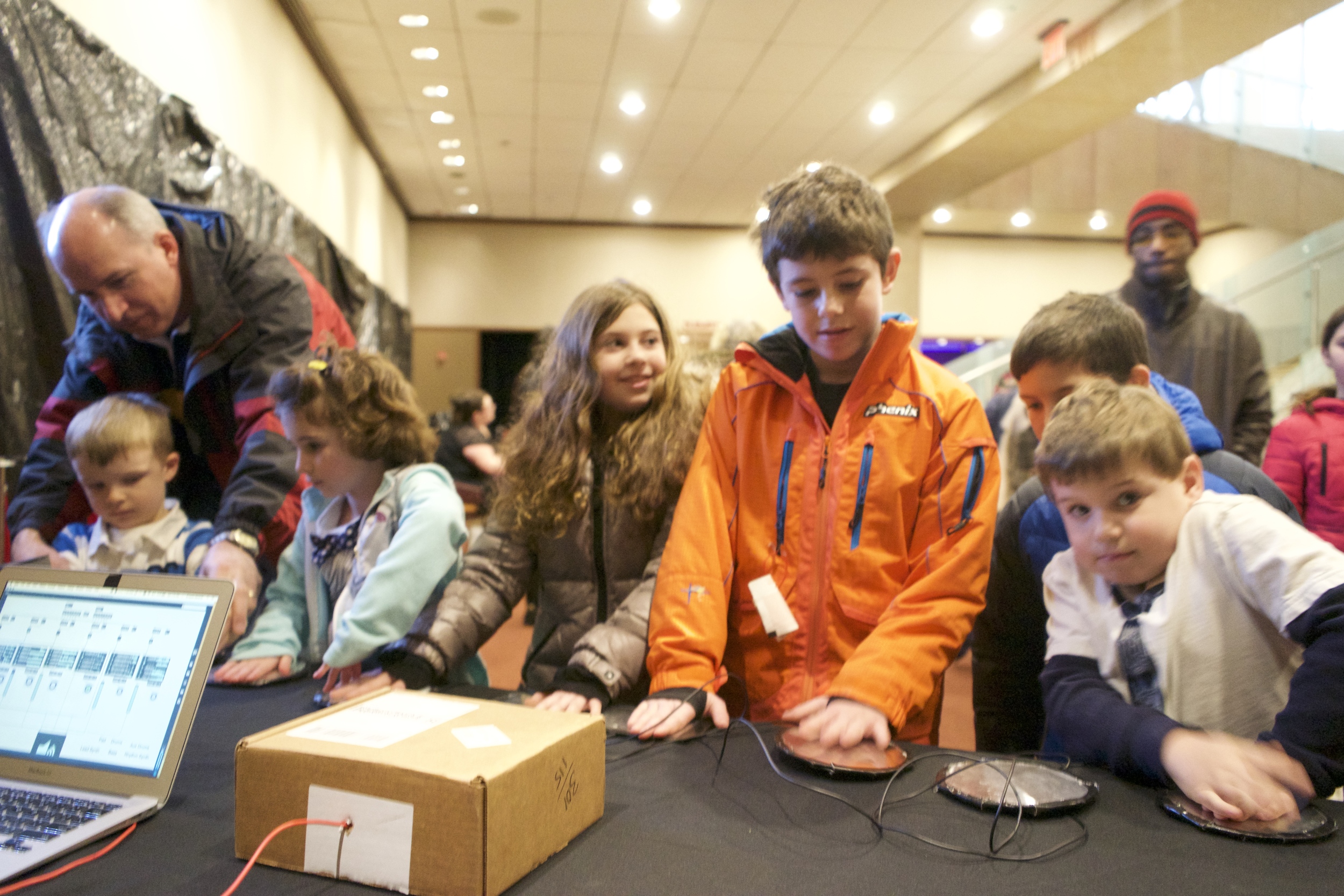
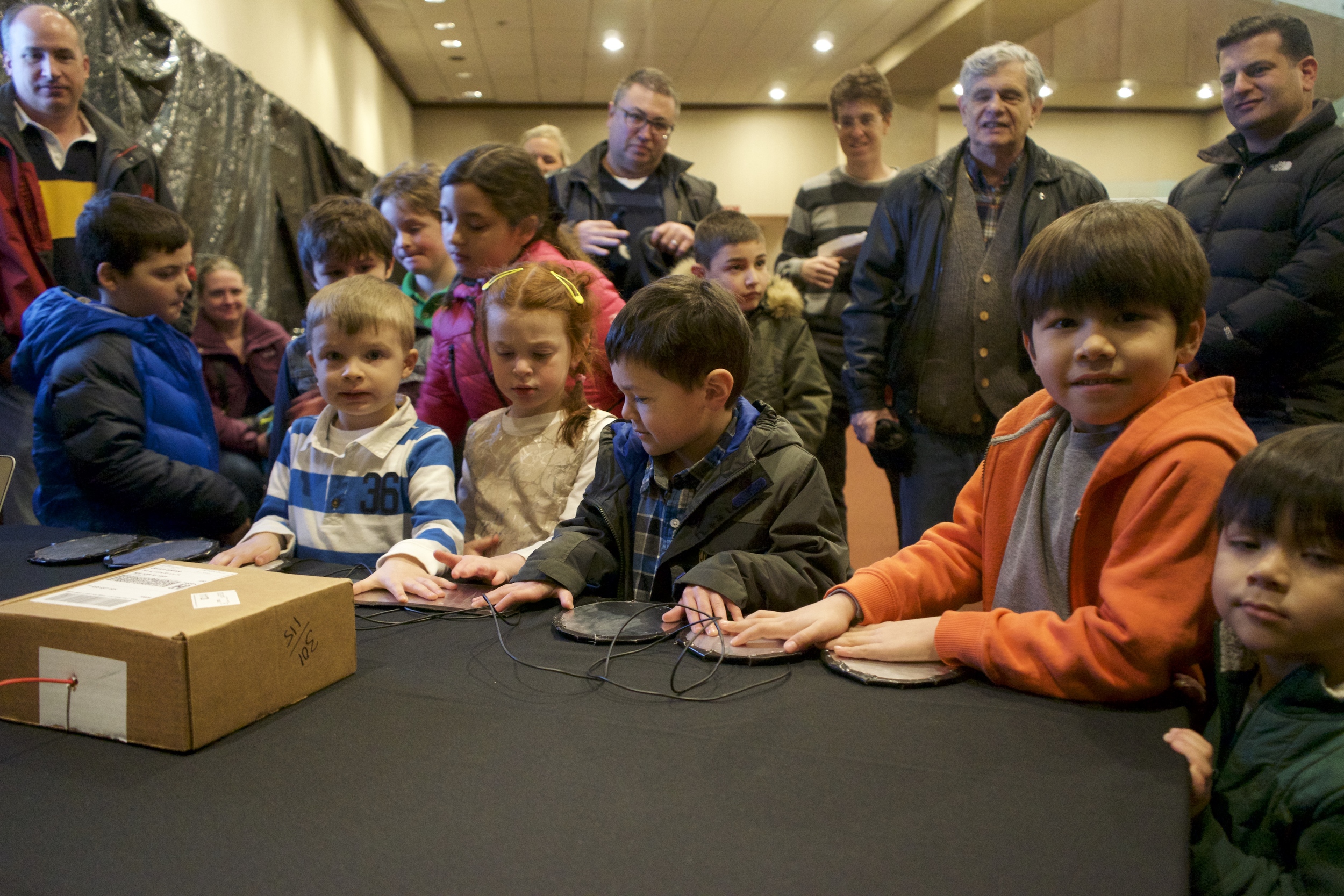
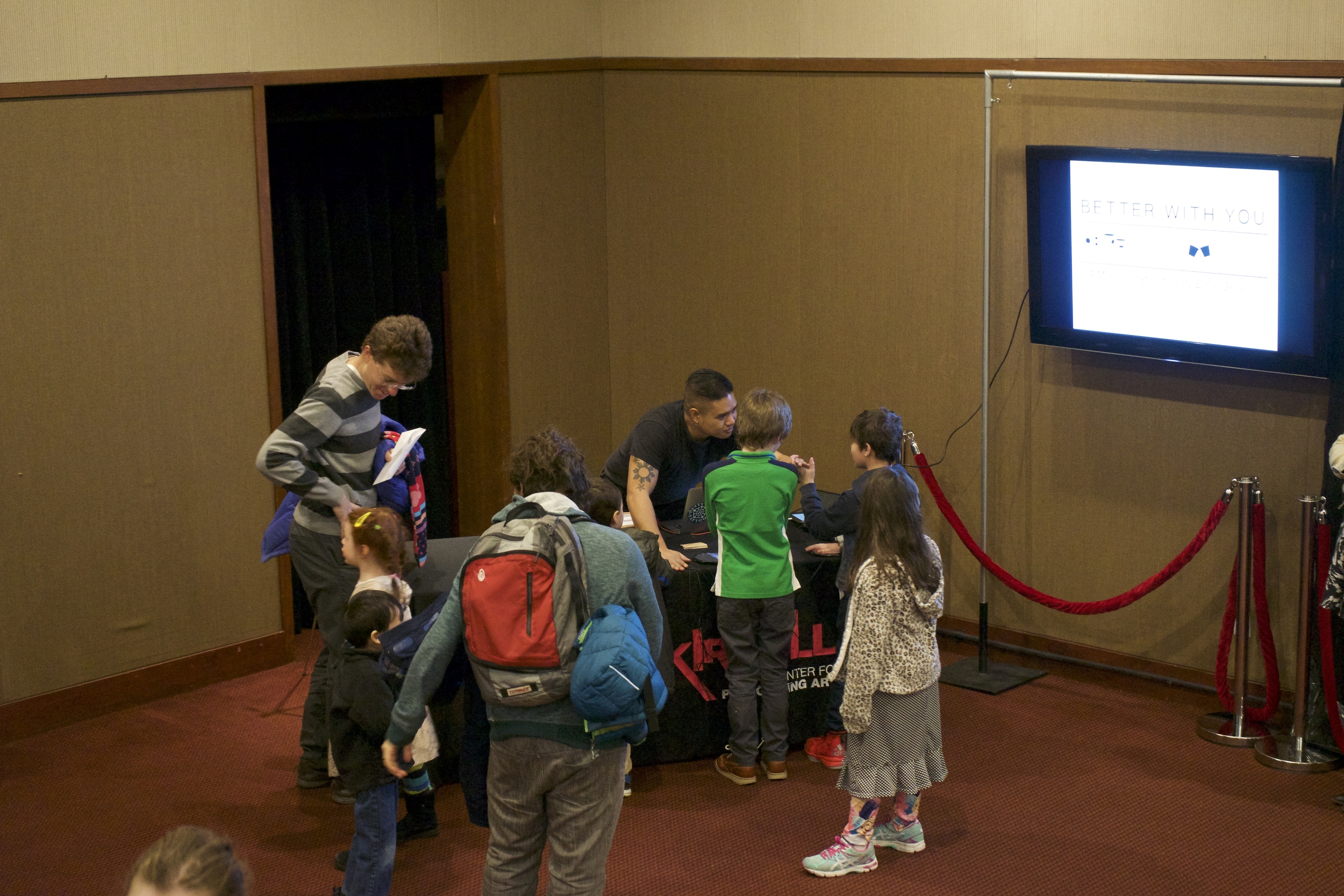
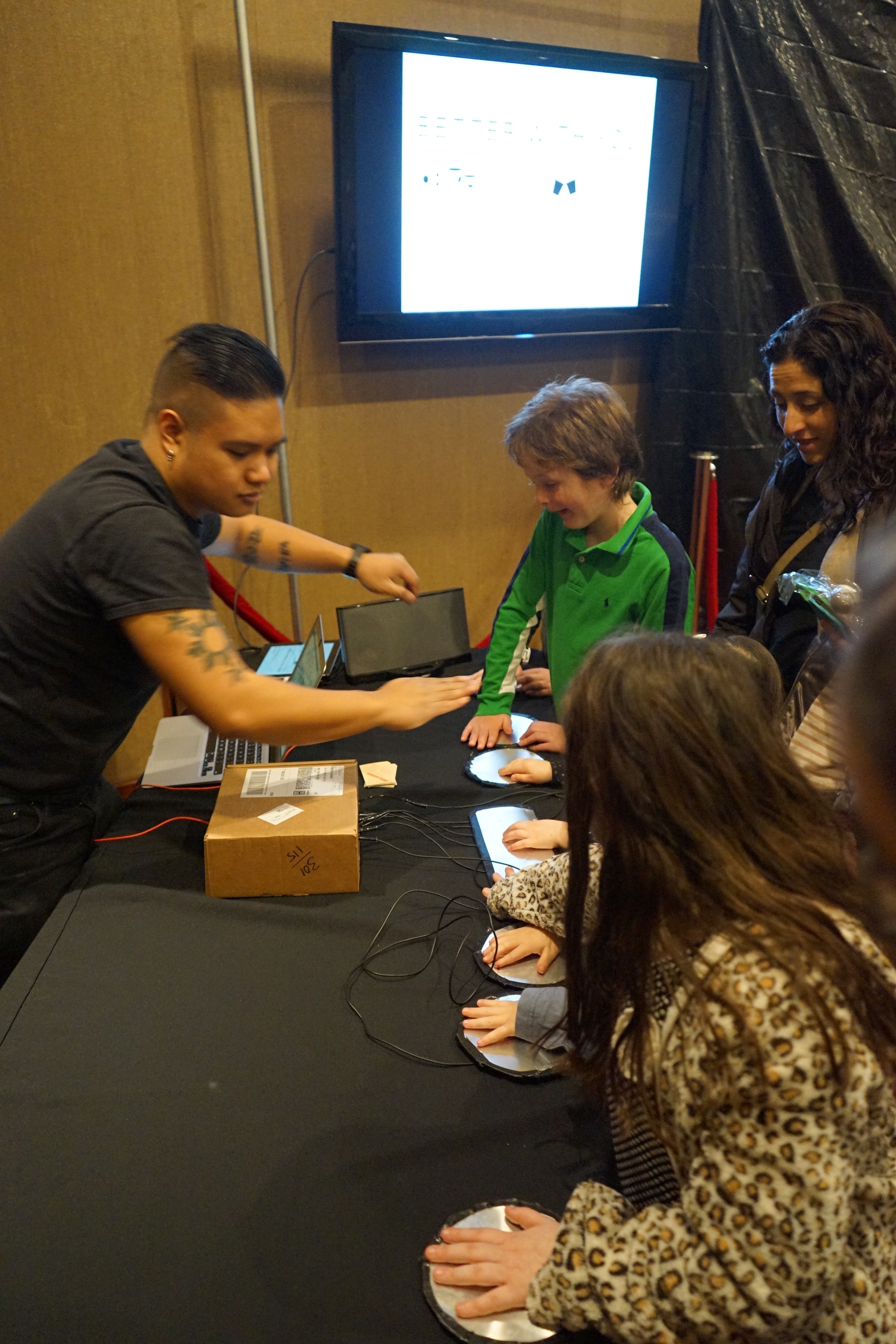

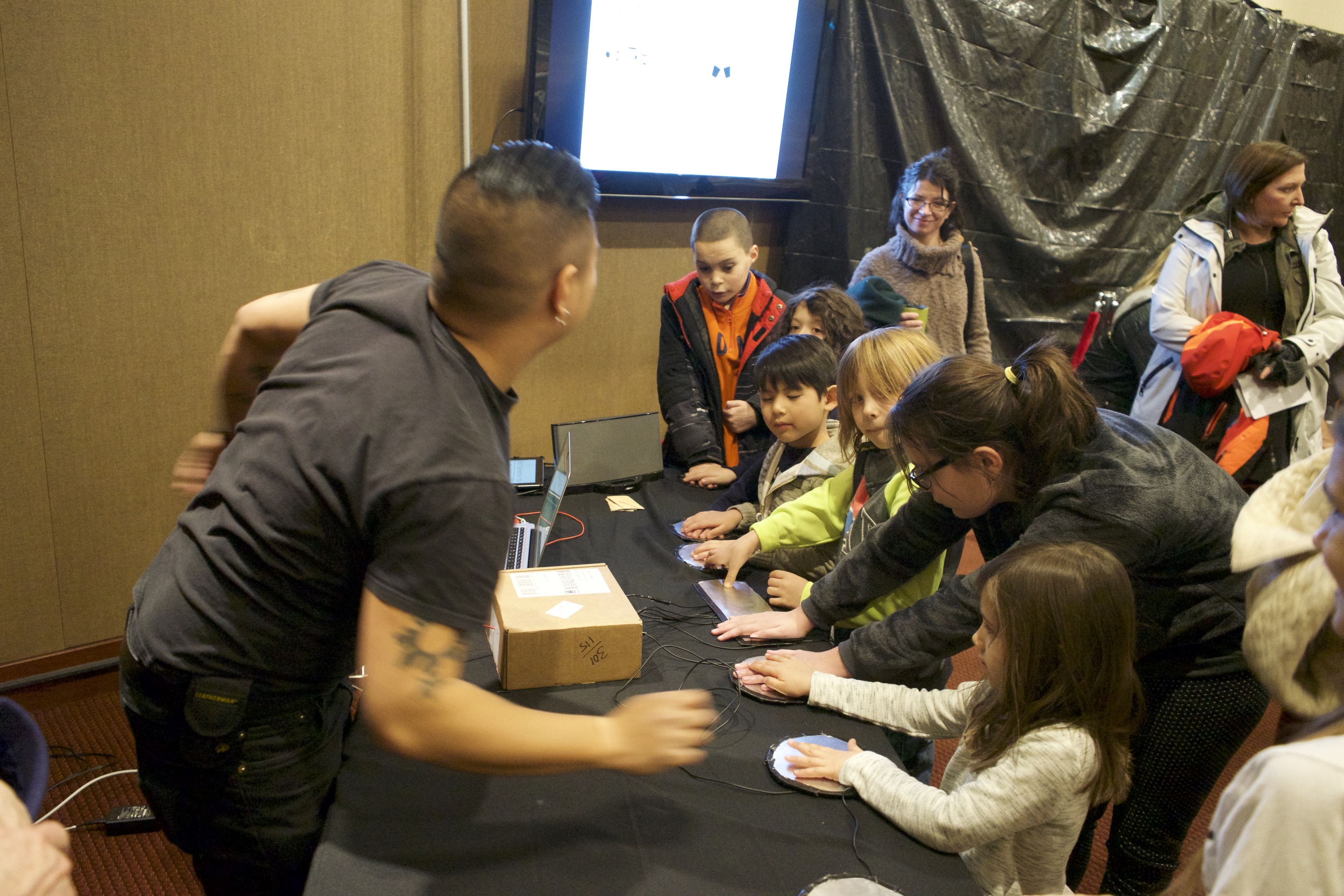
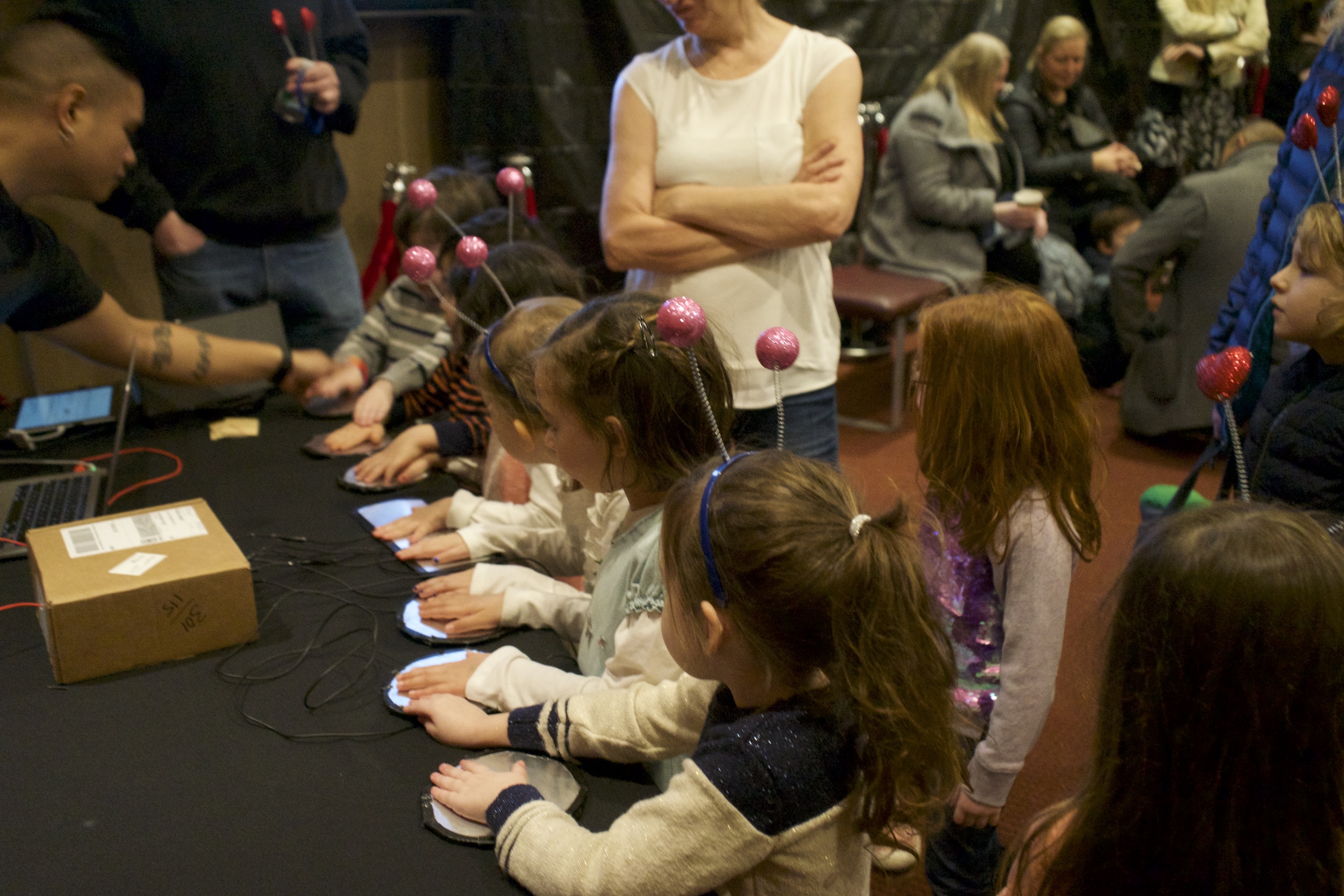
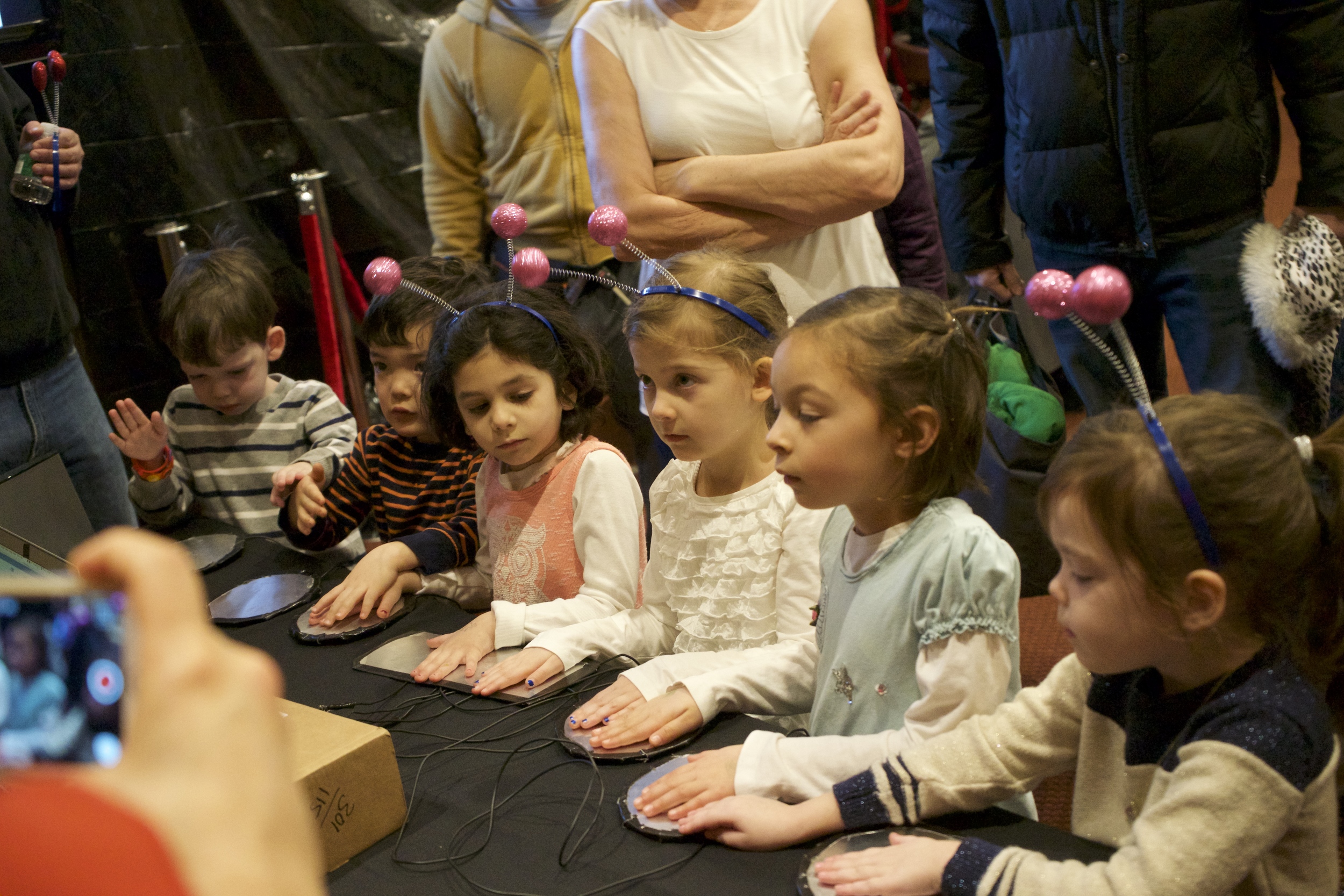

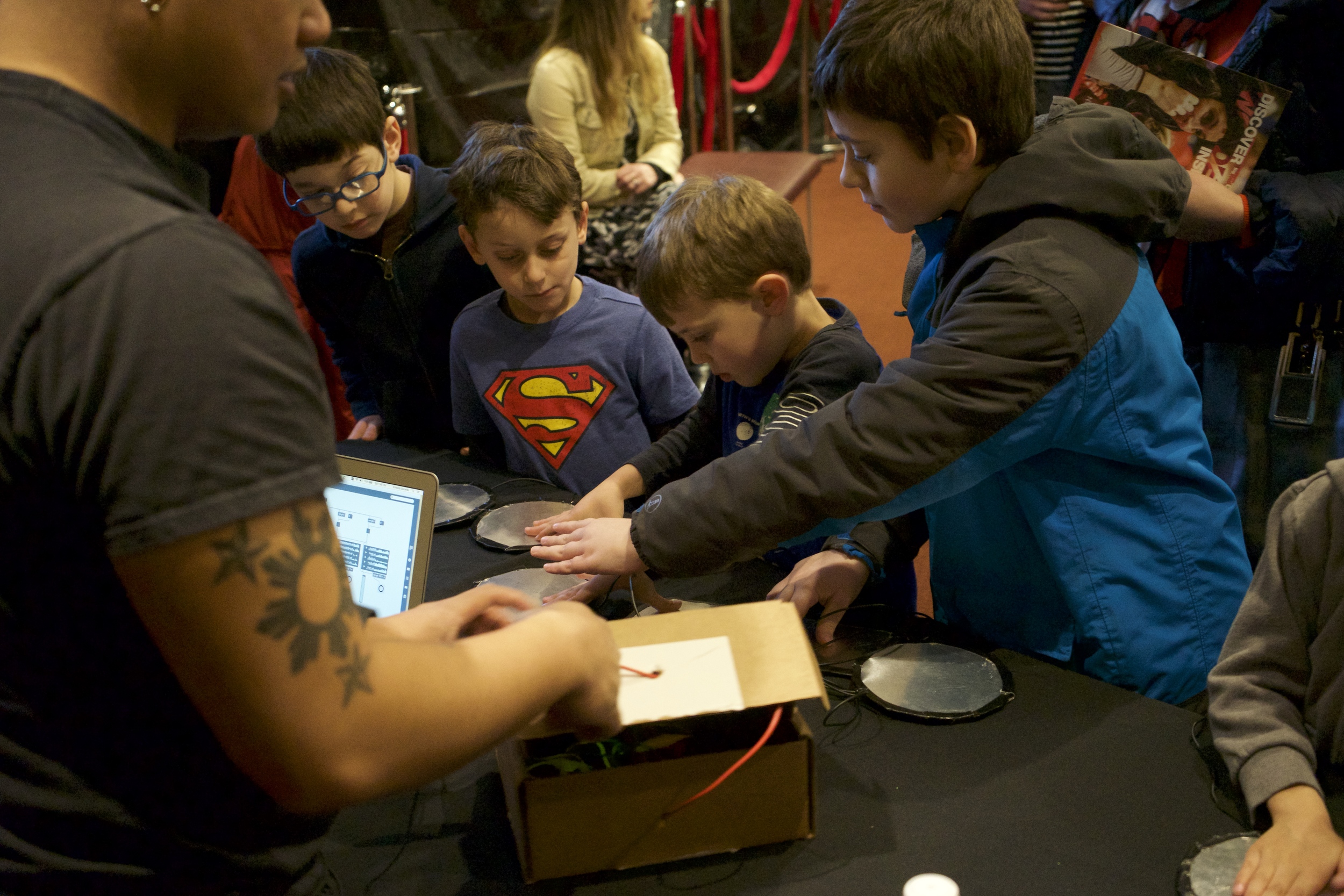
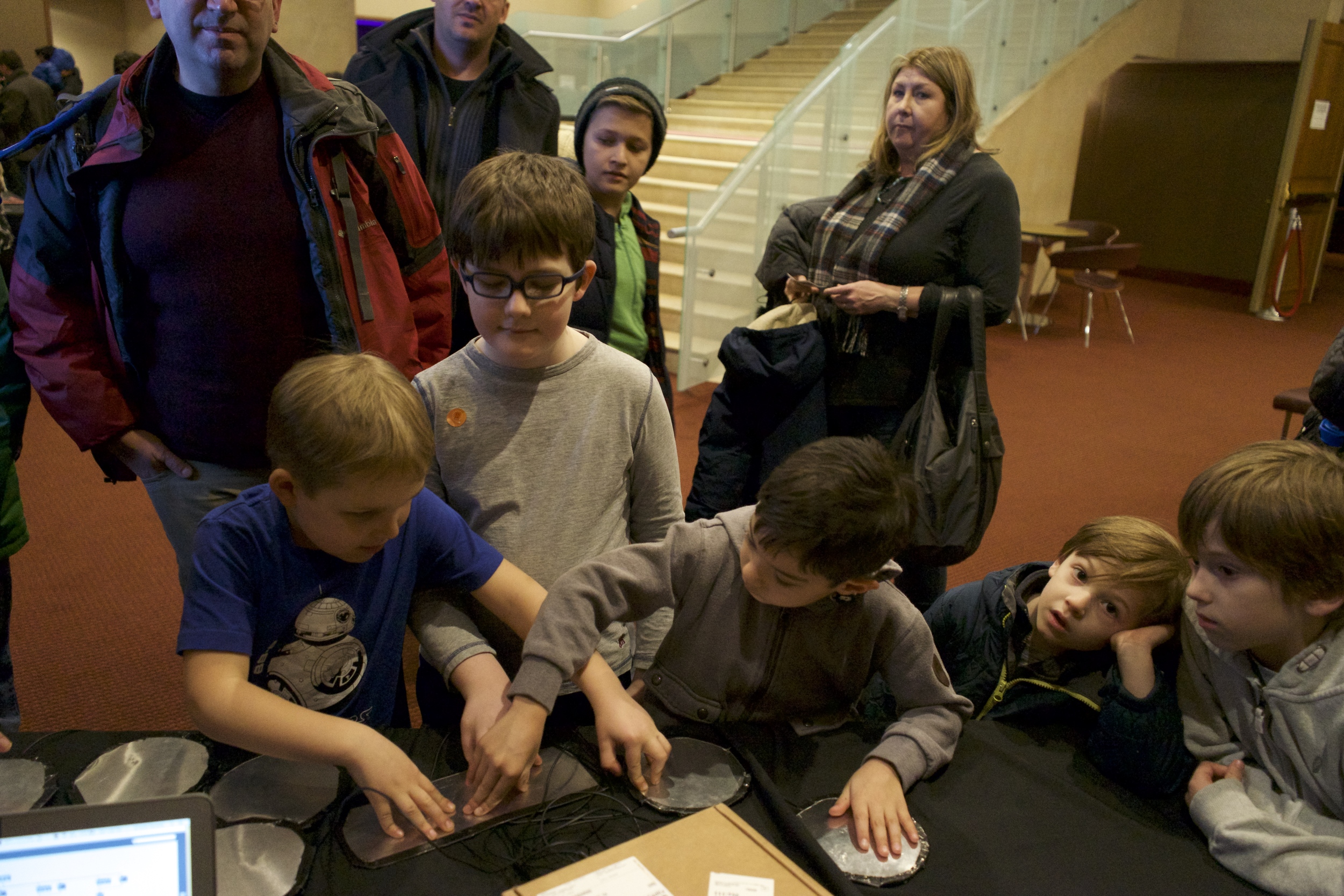
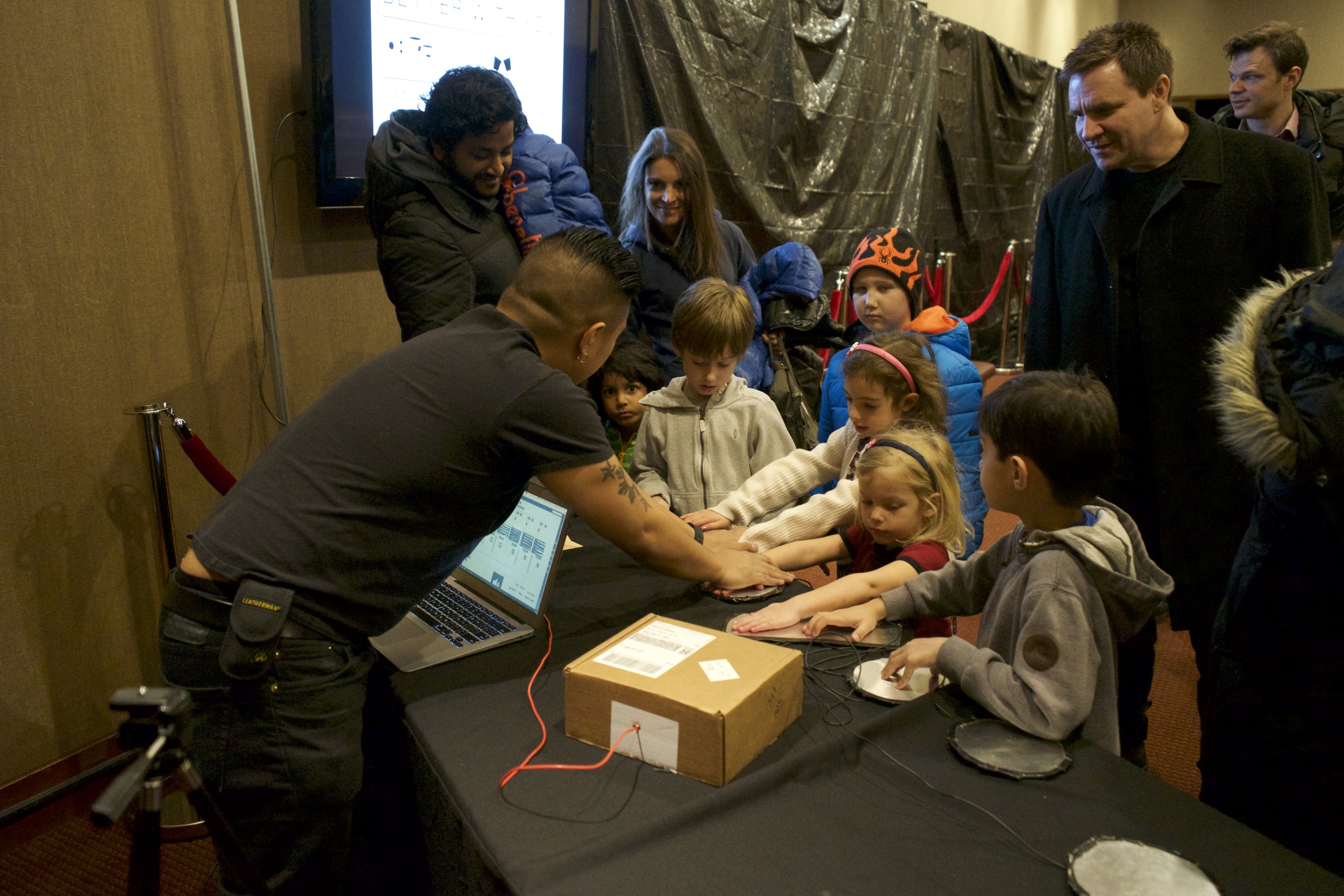
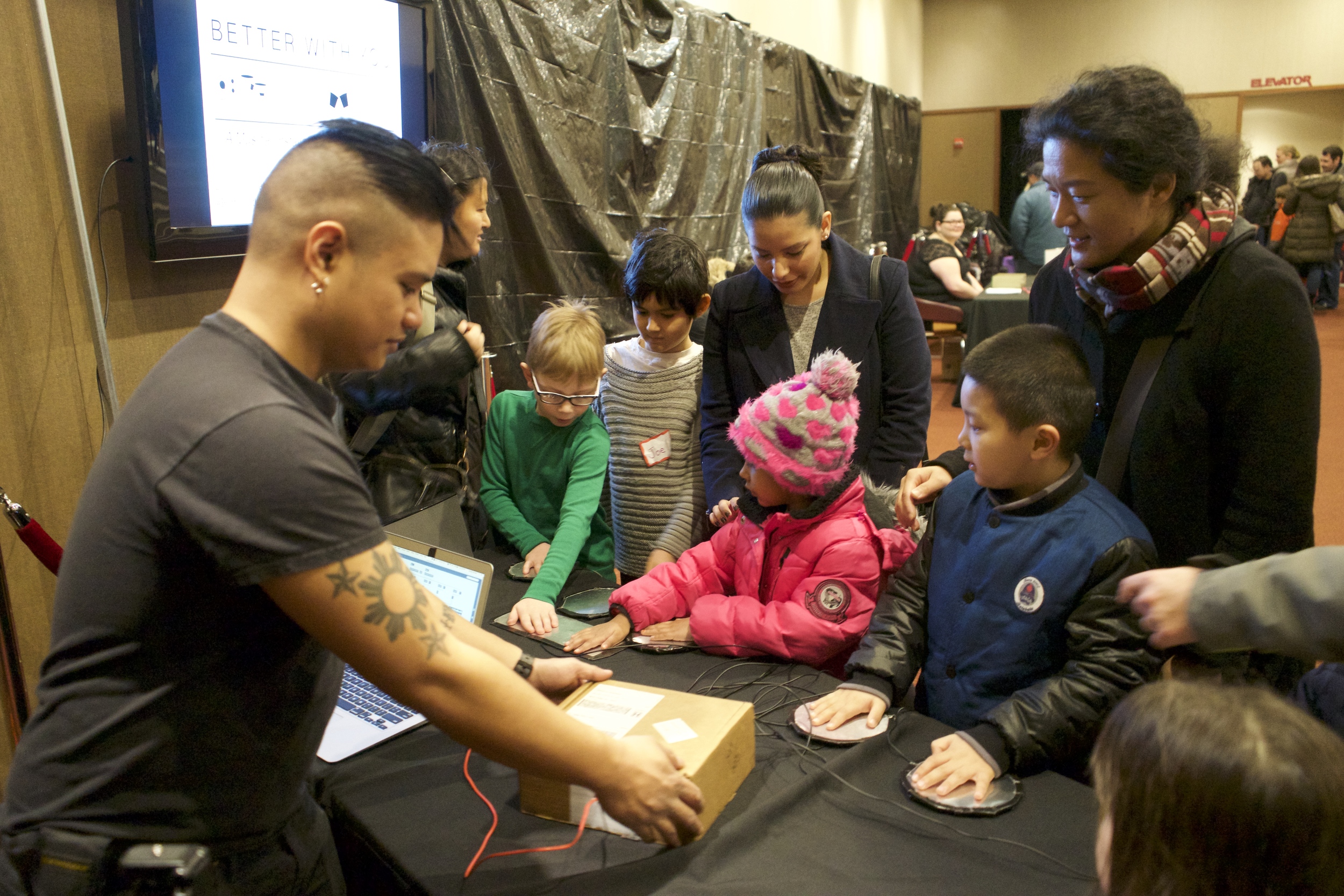
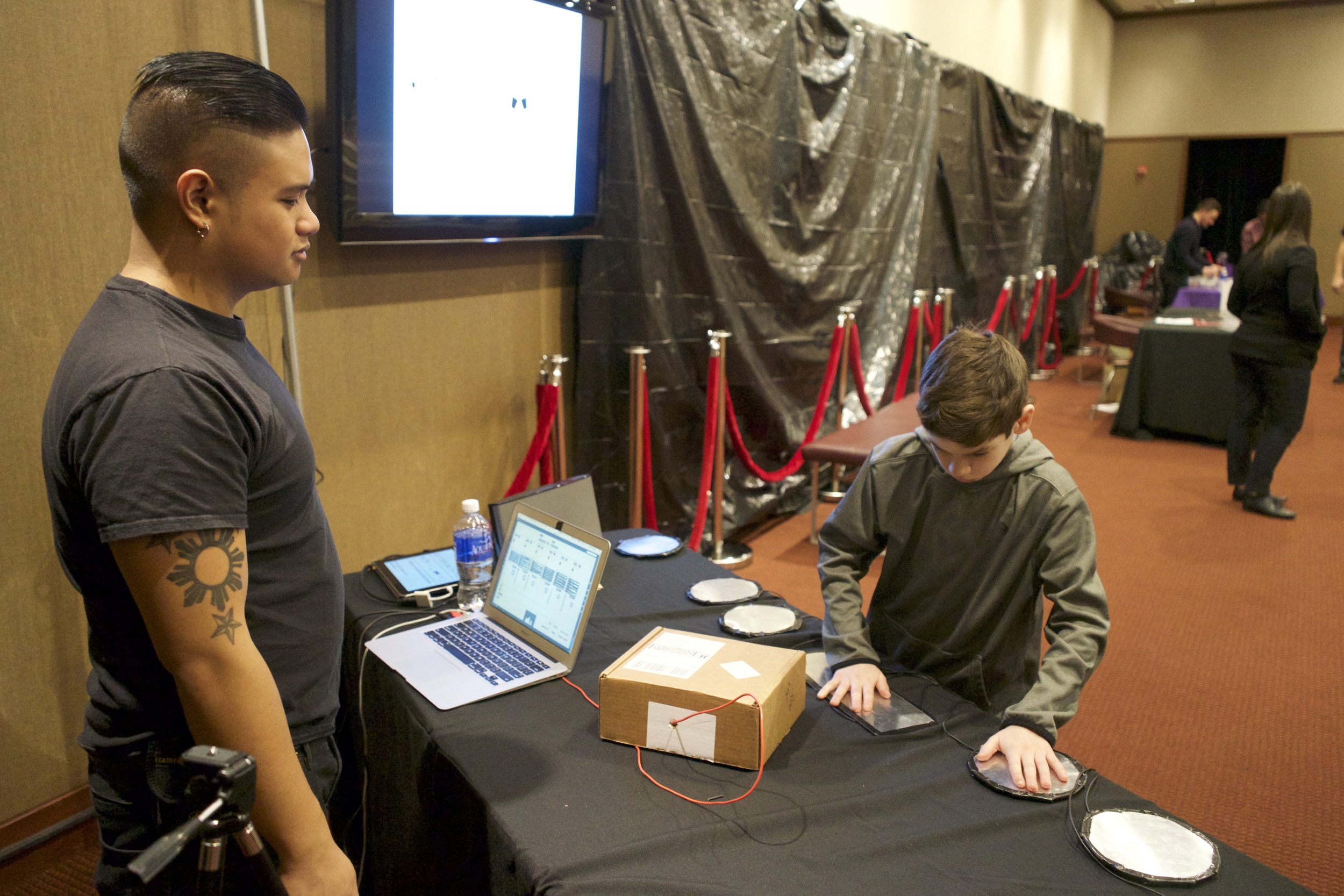
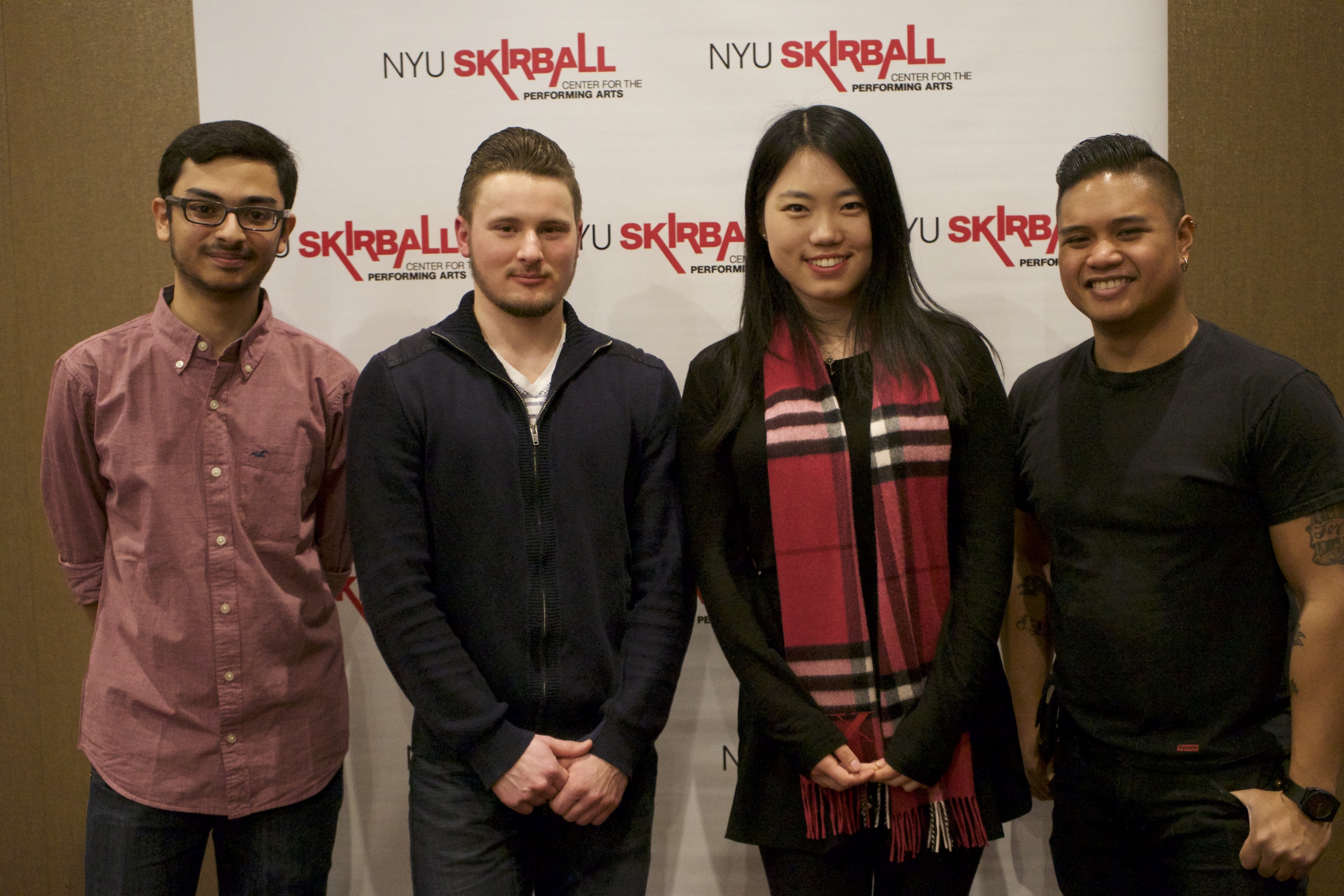
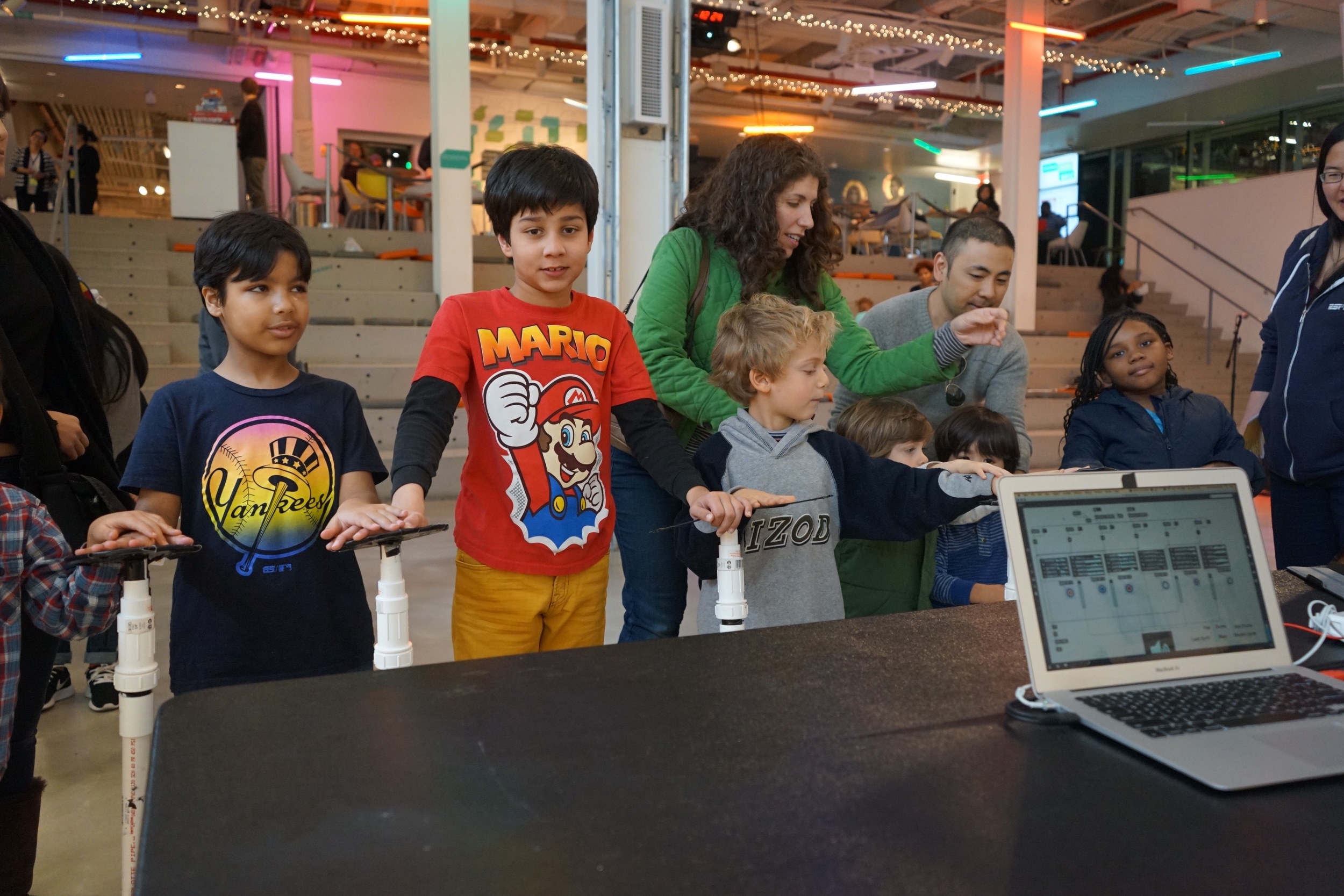
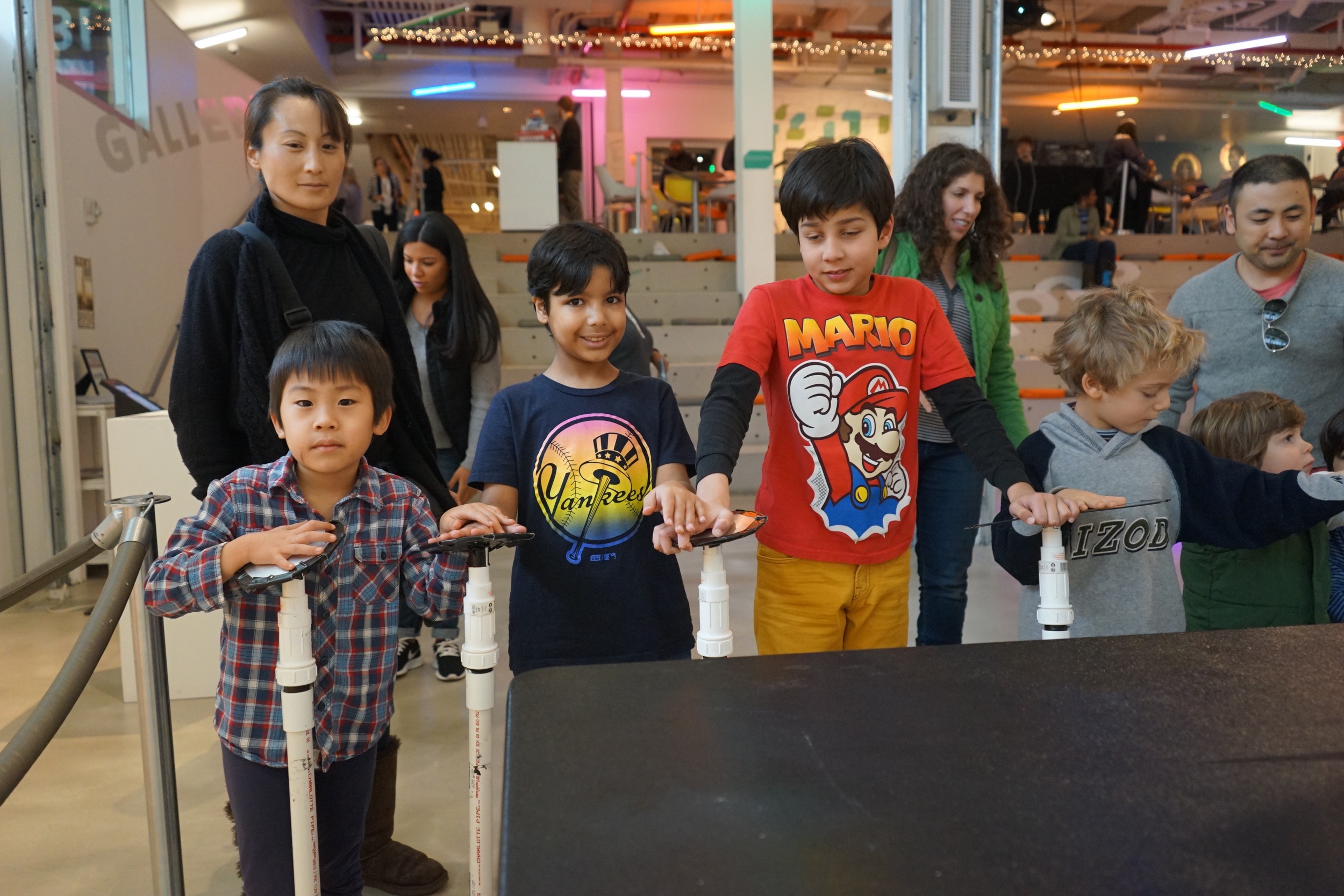
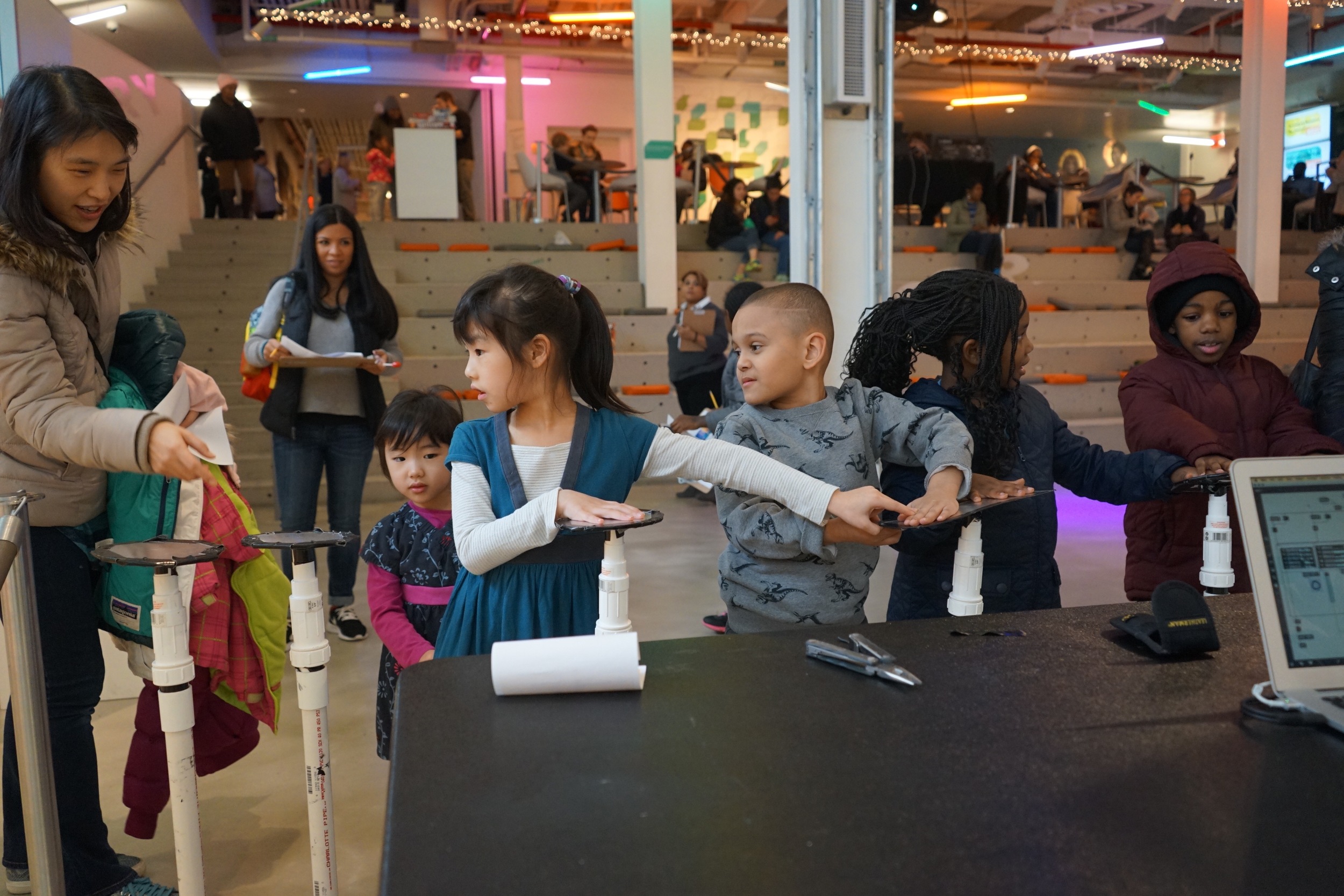
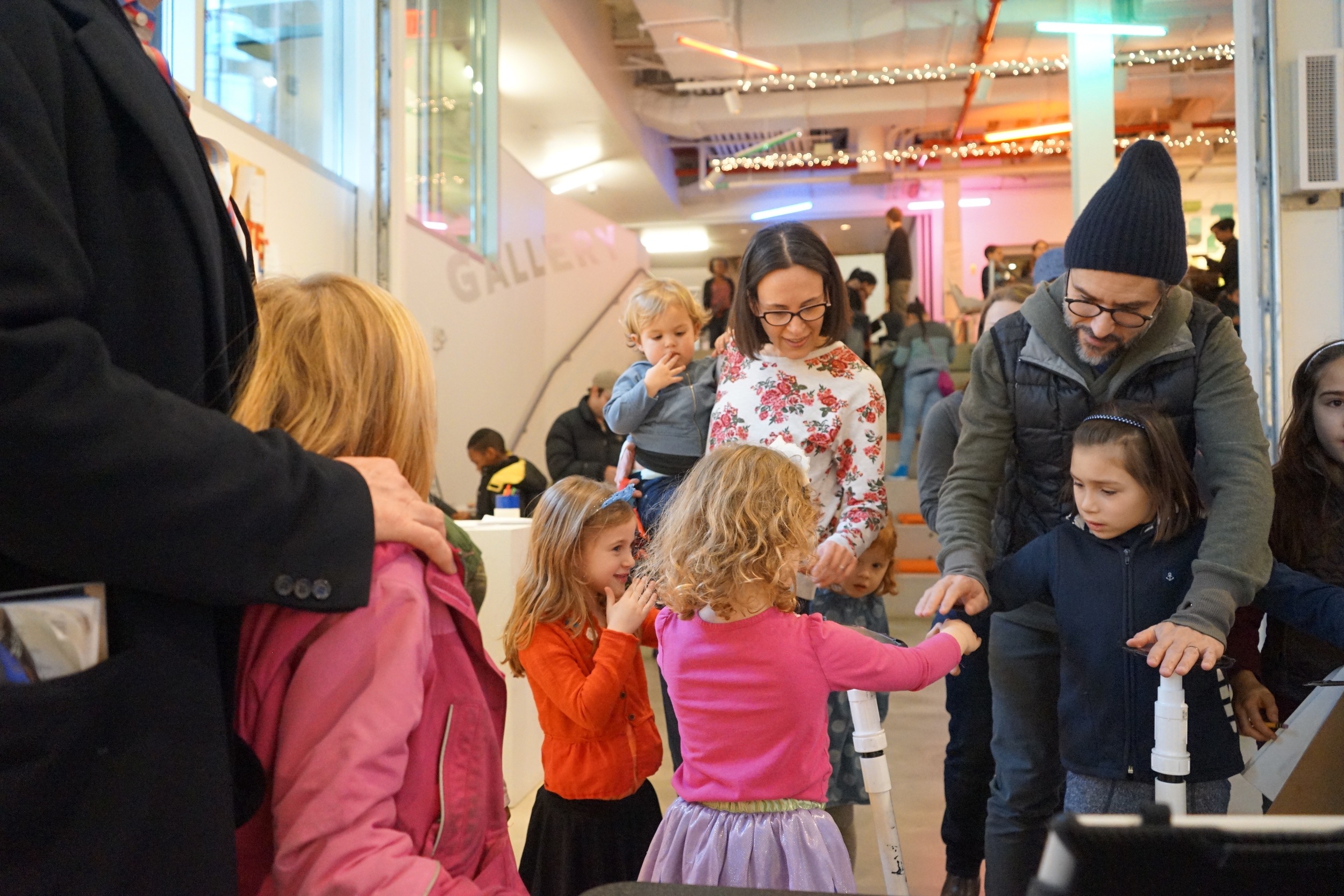
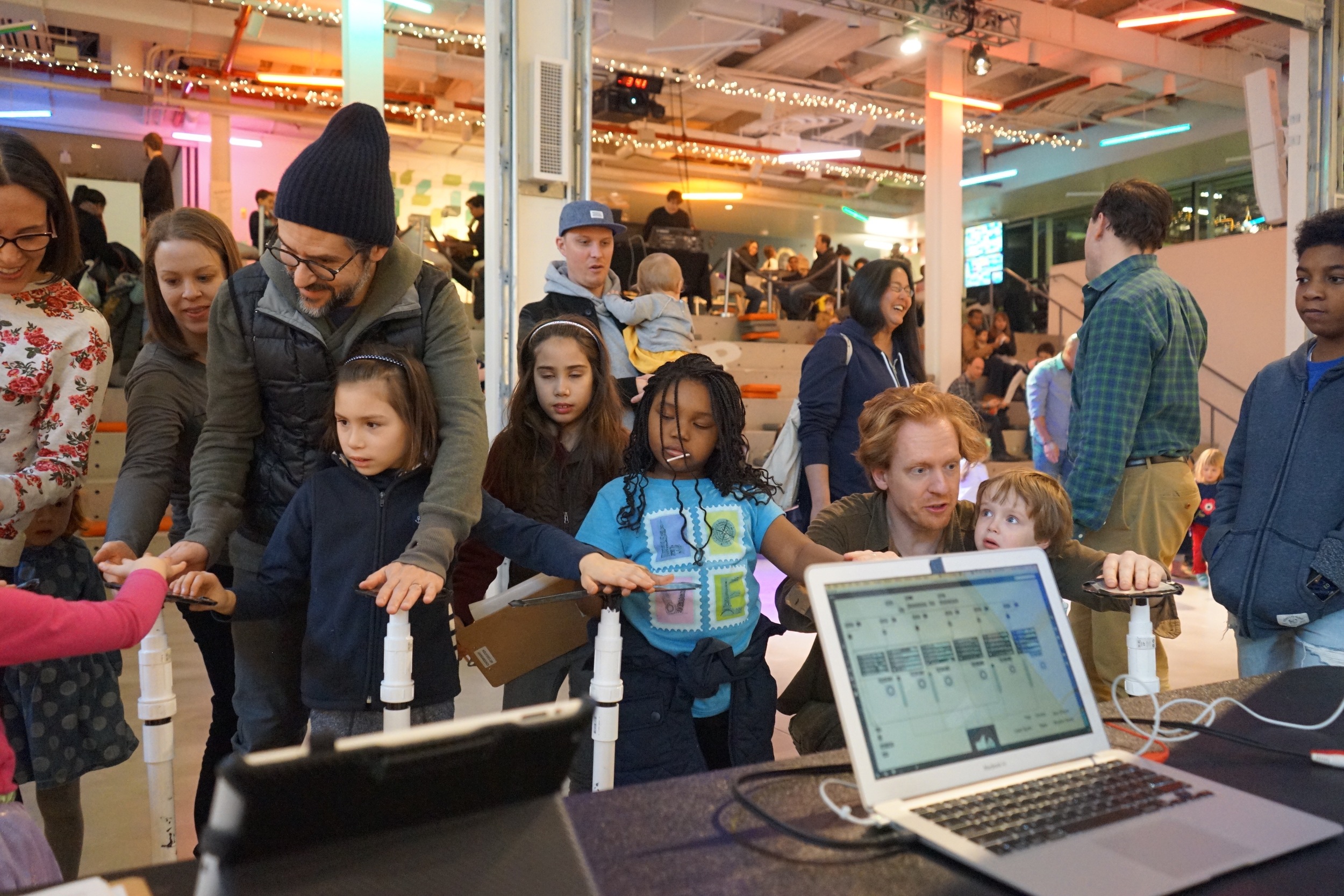
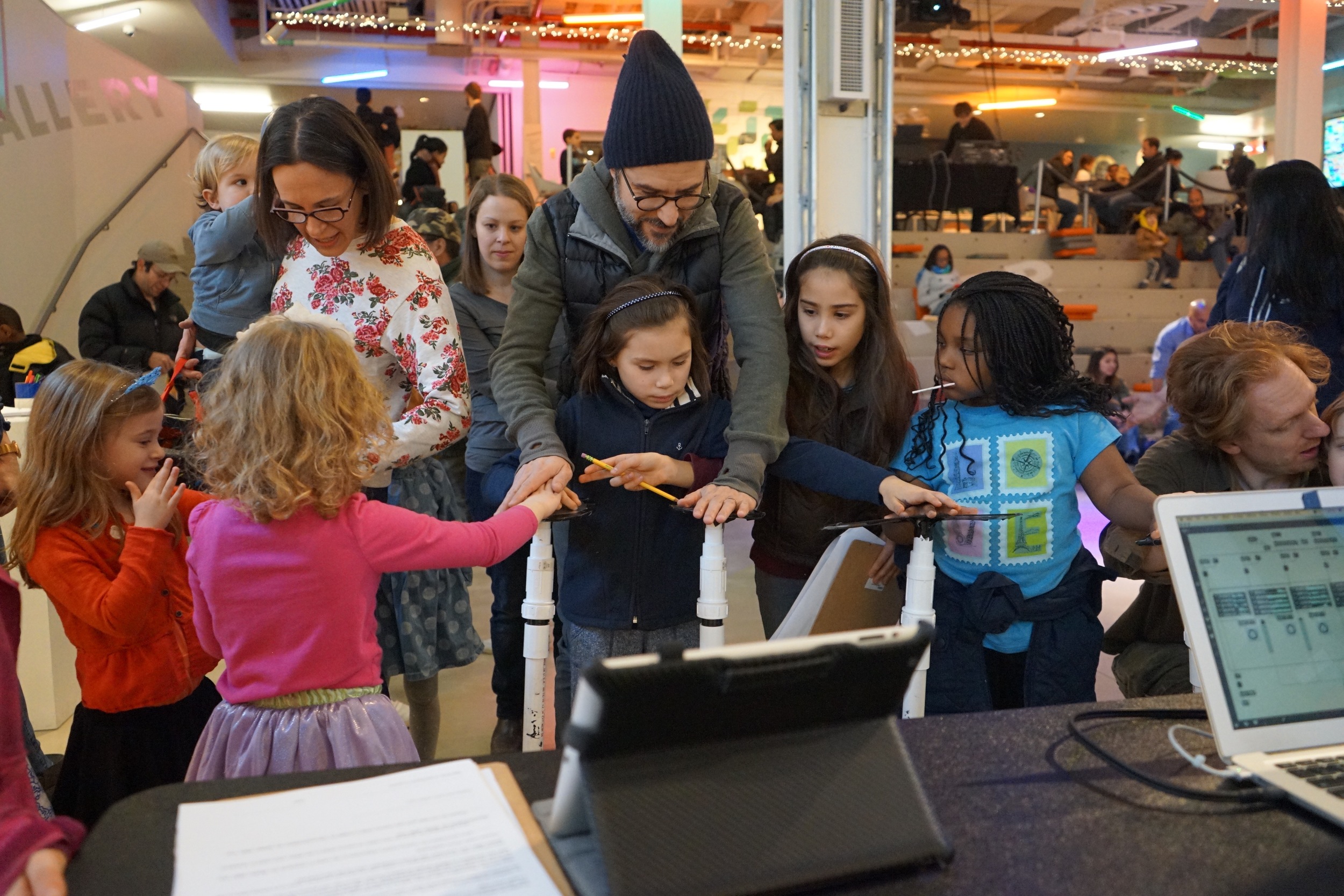
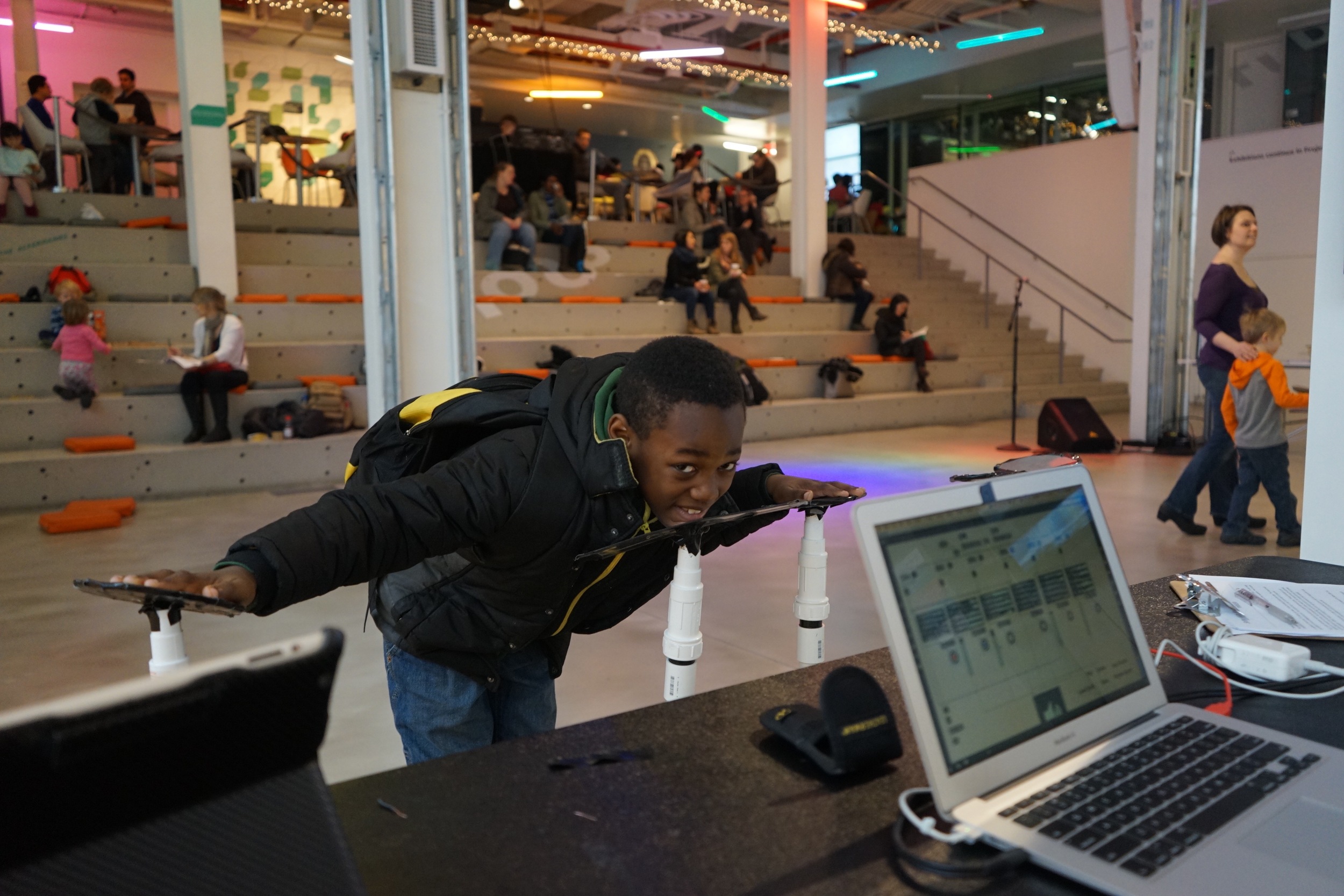
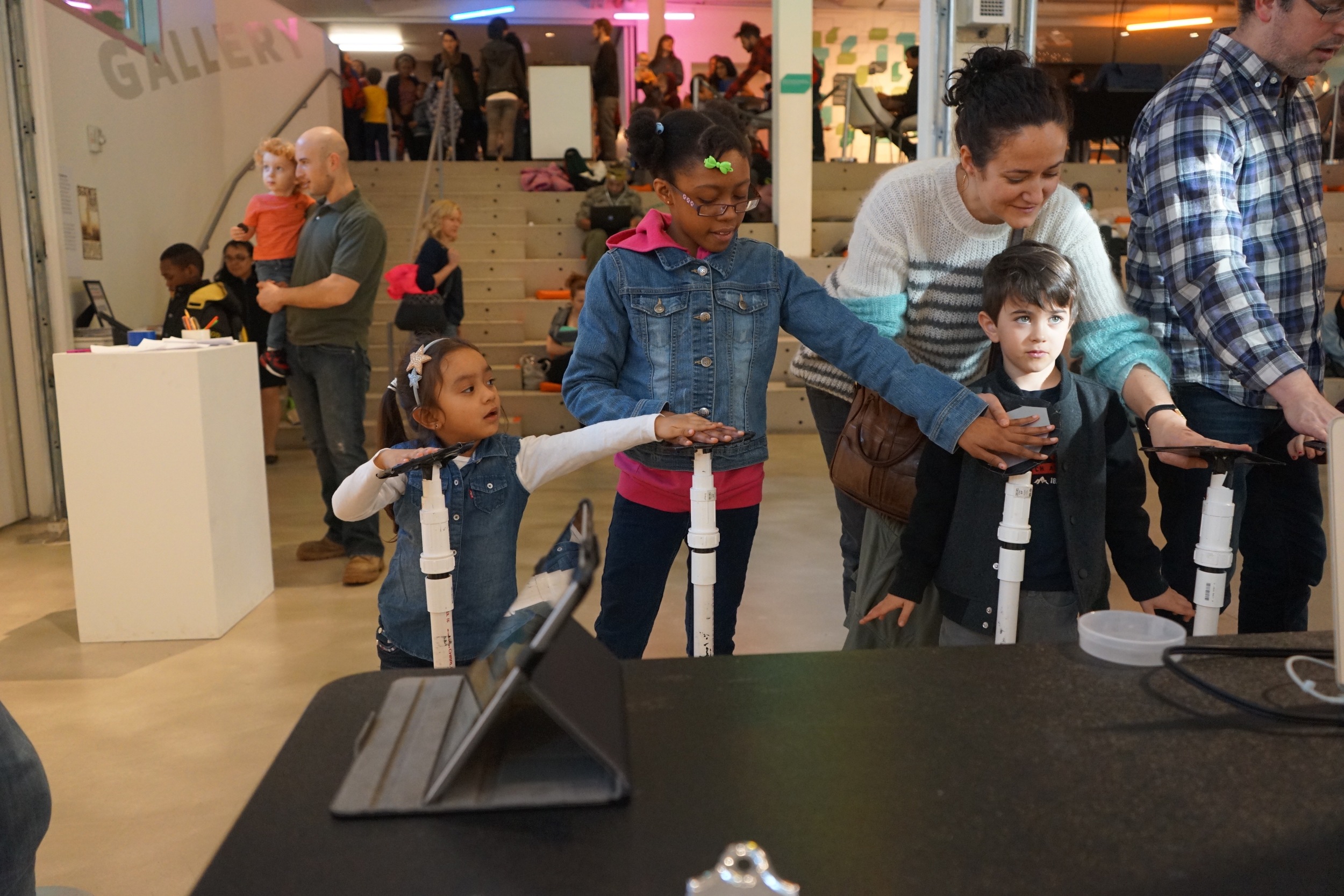
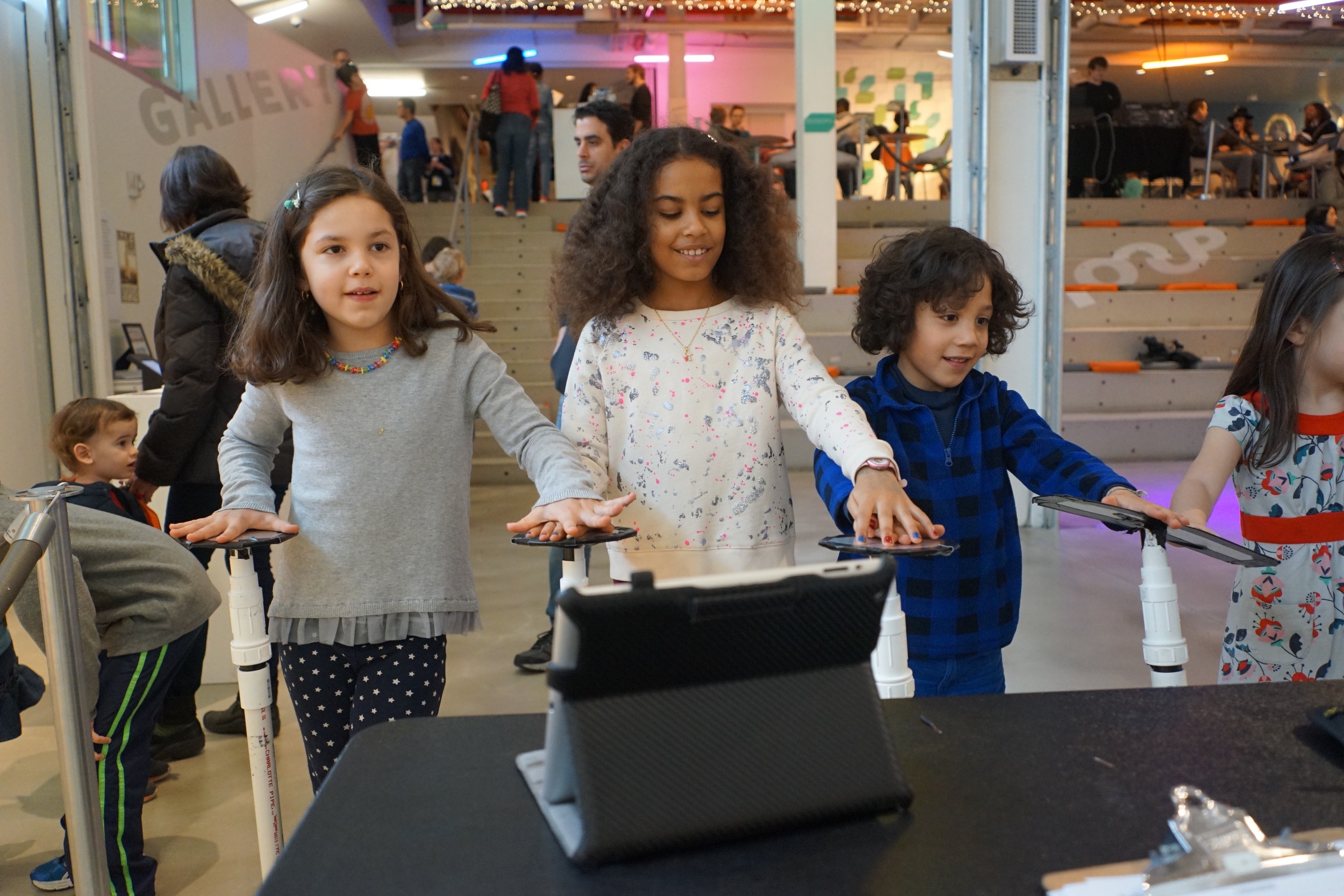
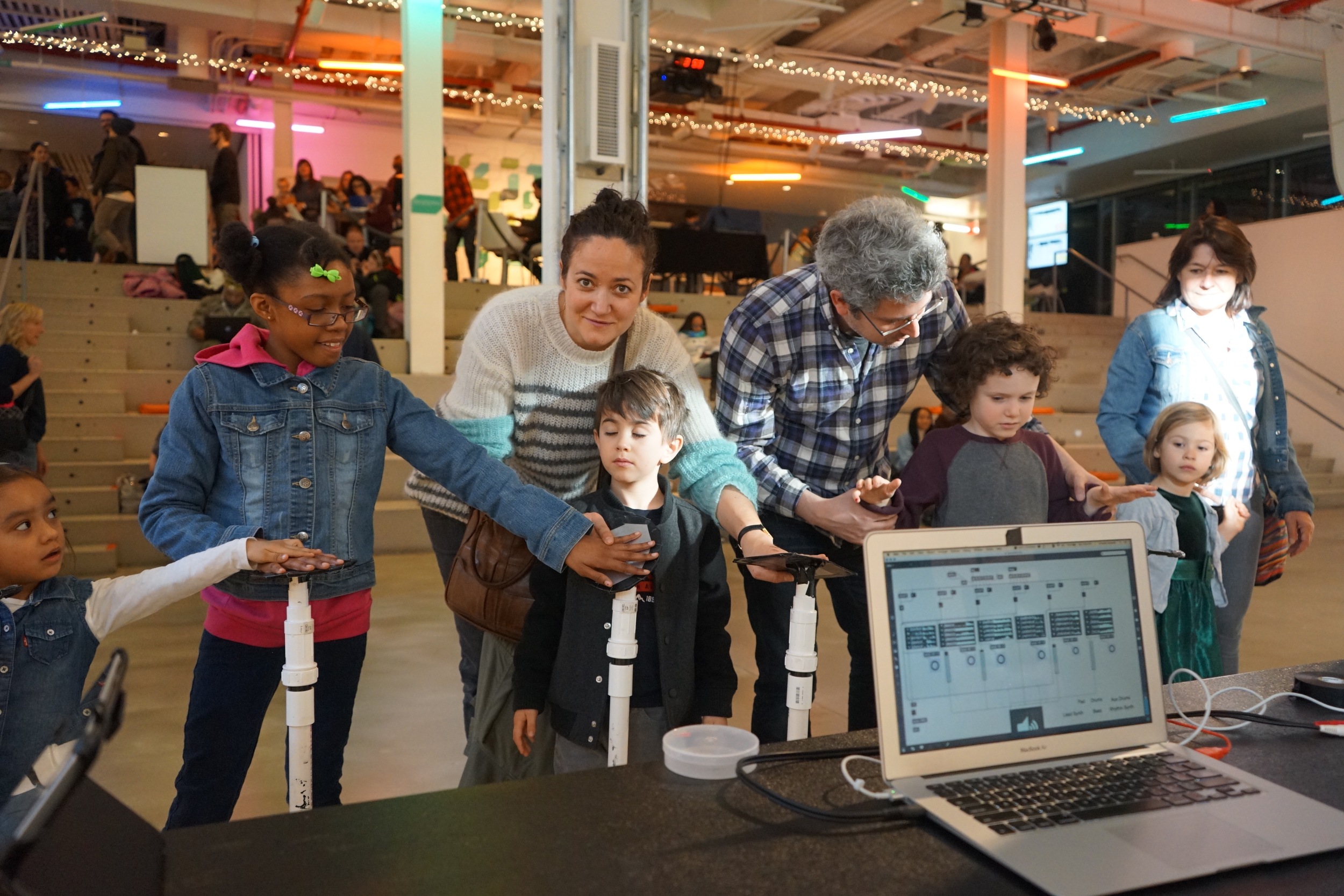
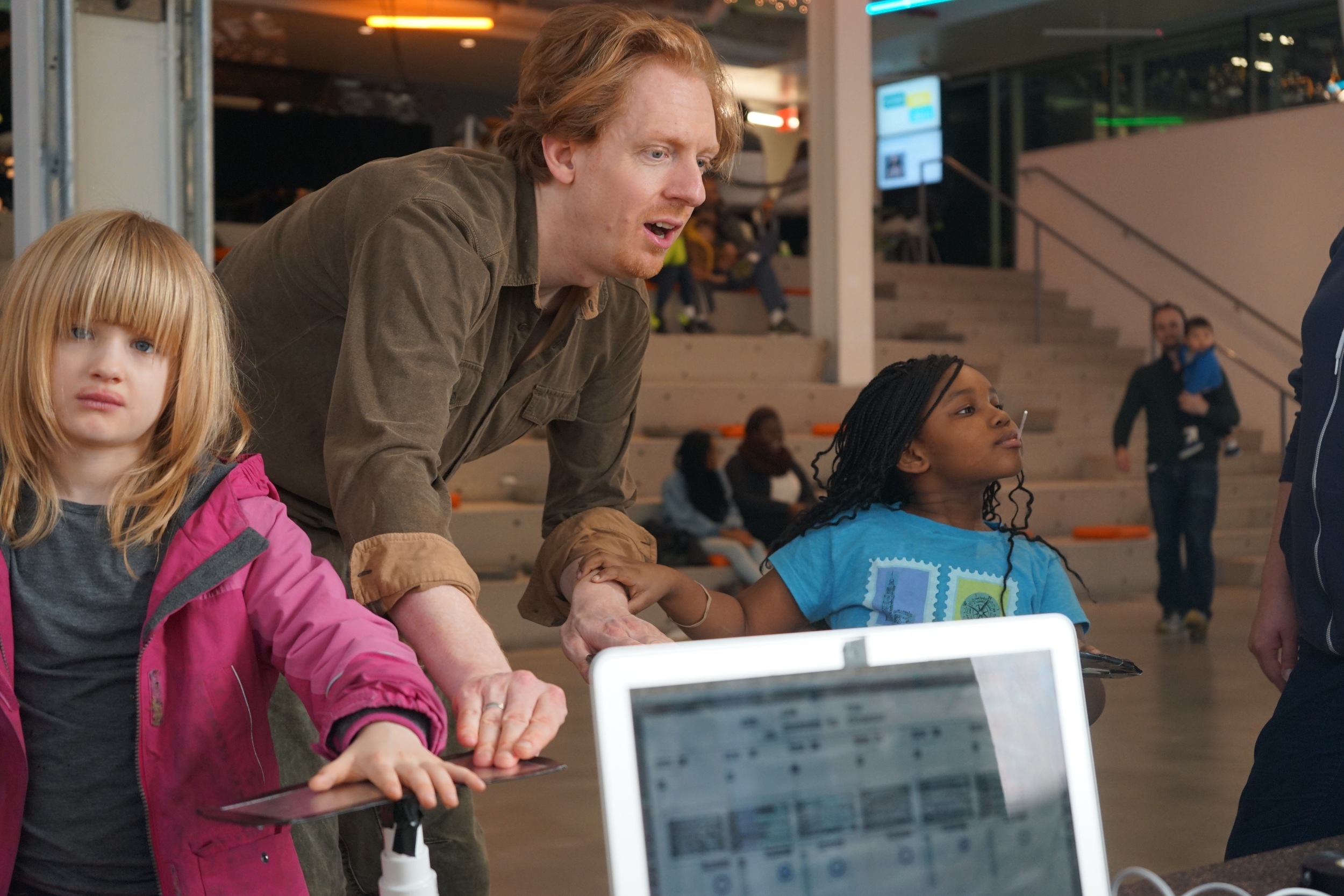
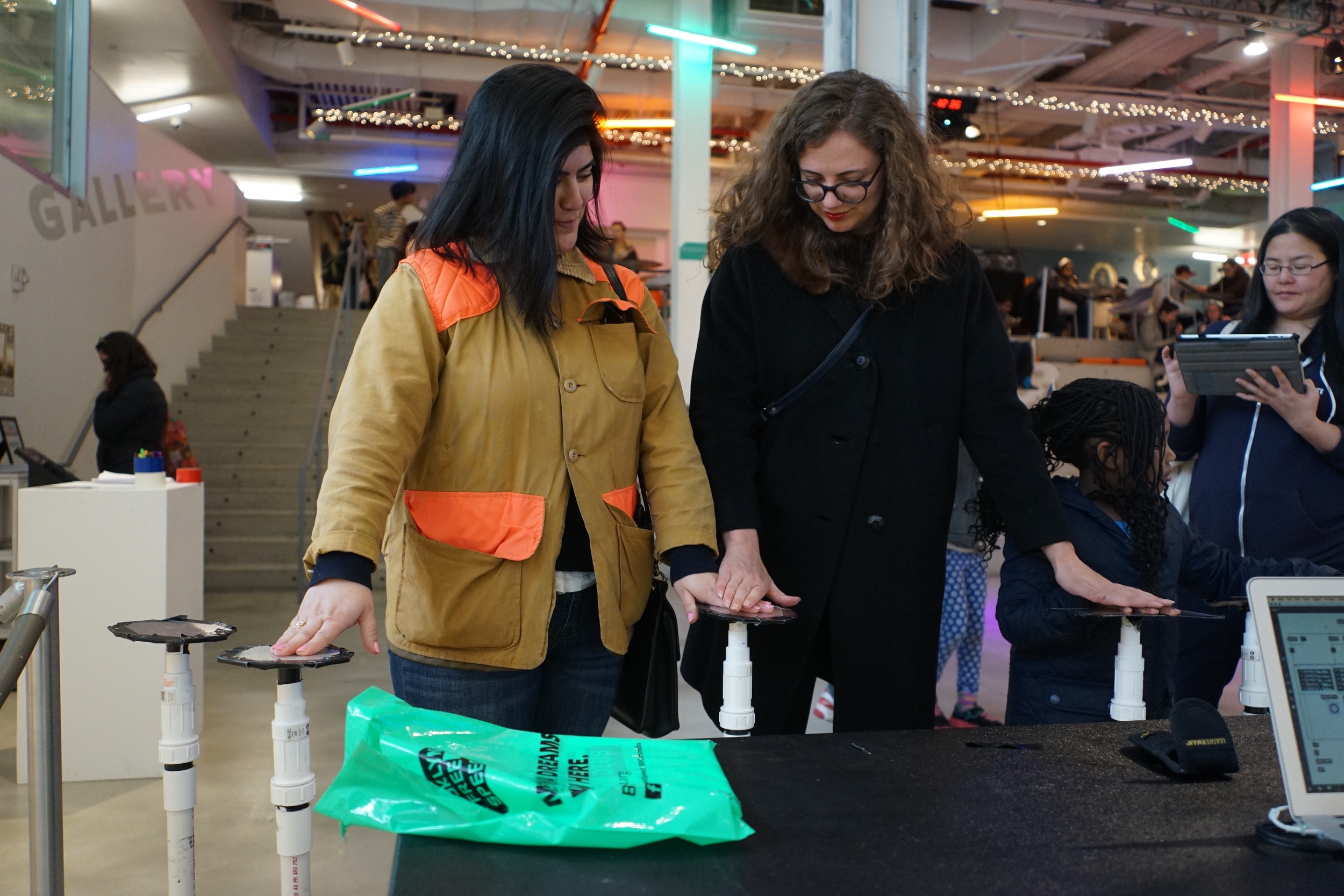
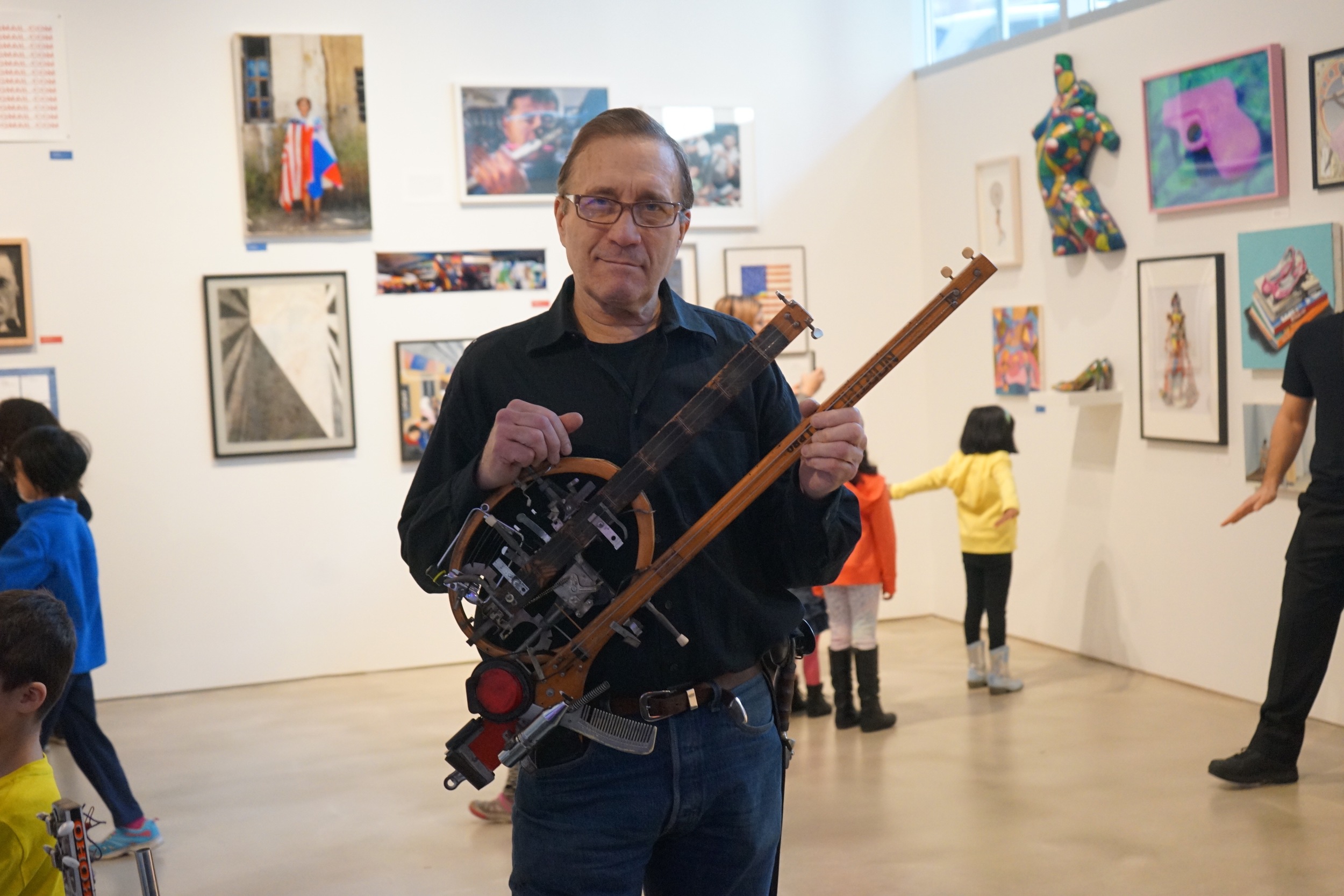
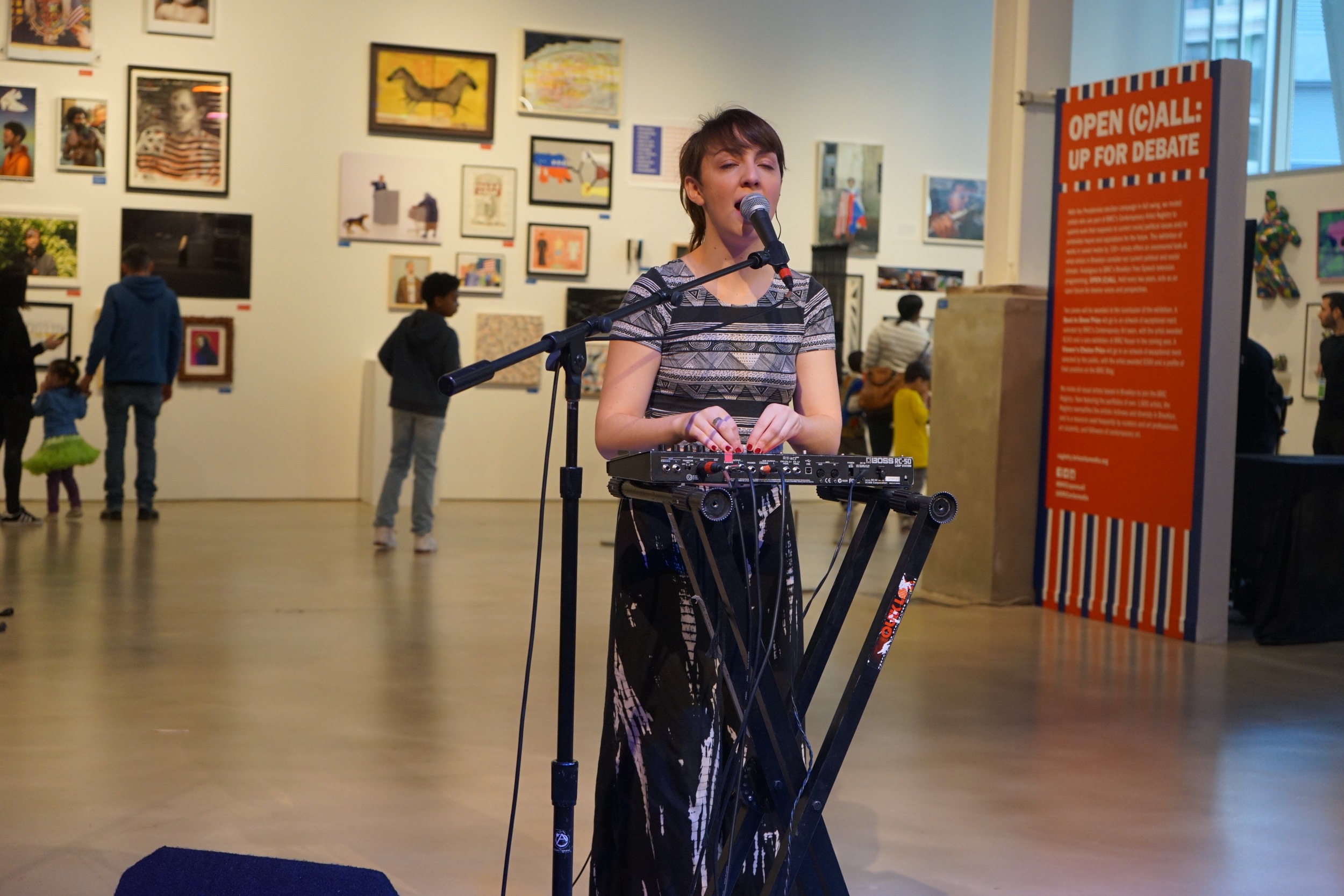
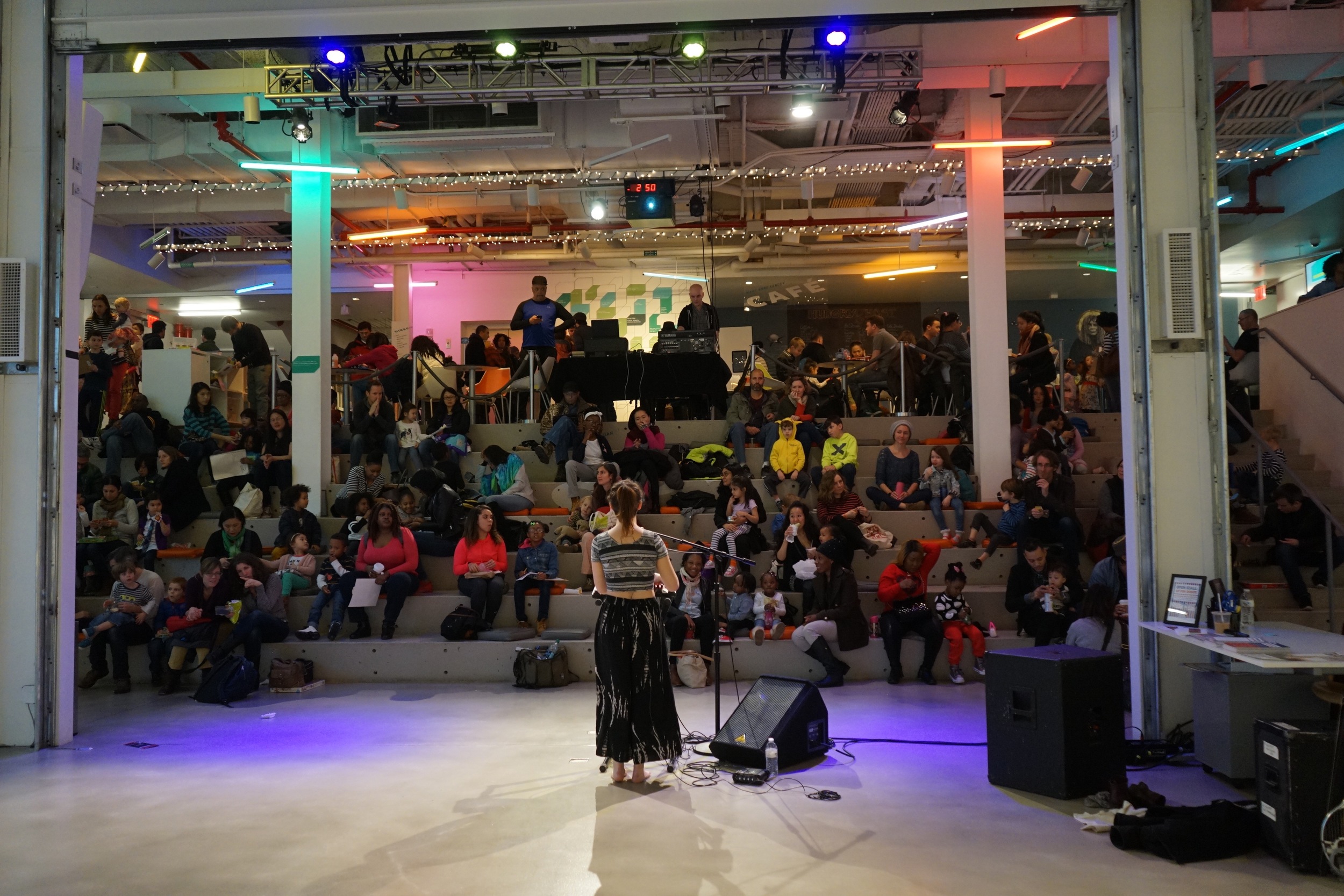

































 Checkout.
Checkout.











 See what I mean about all the pictures? We also had to set up an hierarchy of needs for each of our personas, Bev (a grandma who wants to seem cool), Charlie (an software millionaire with nieces and nephews), and Linea (a 30-something mom who just wants to know the return policy).
See what I mean about all the pictures? We also had to set up an hierarchy of needs for each of our personas, Bev (a grandma who wants to seem cool), Charlie (an software millionaire with nieces and nephews), and Linea (a 30-something mom who just wants to know the return policy).




 Charlie’s user flow
Charlie’s user flow





 Start Screen
Start Screen Example of a line with varying degrees of wifi.
Example of a line with varying degrees of wifi.

